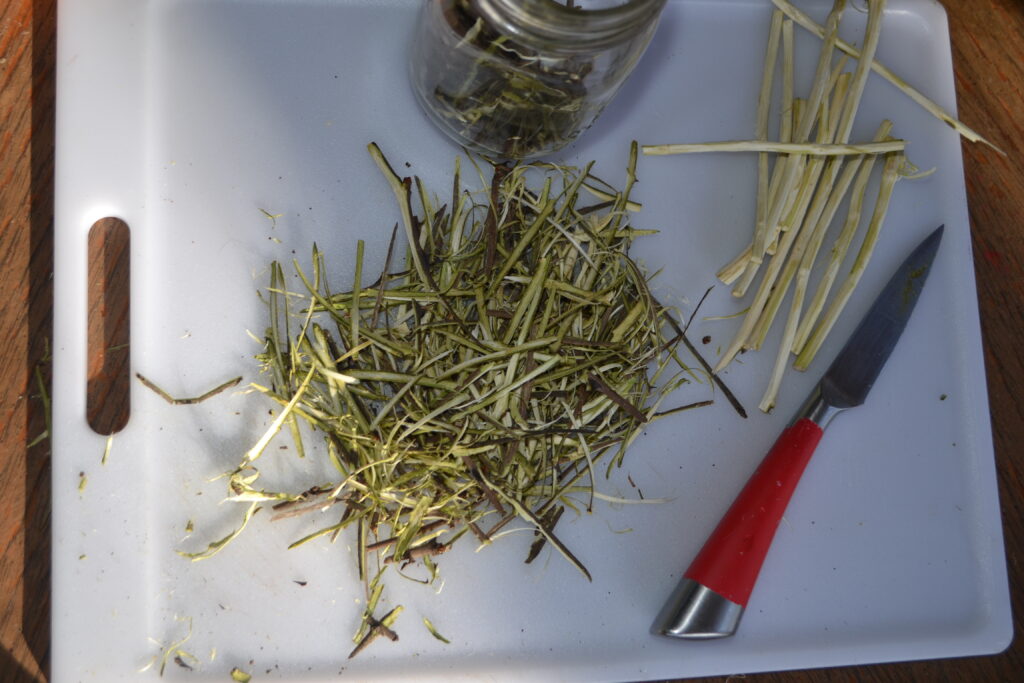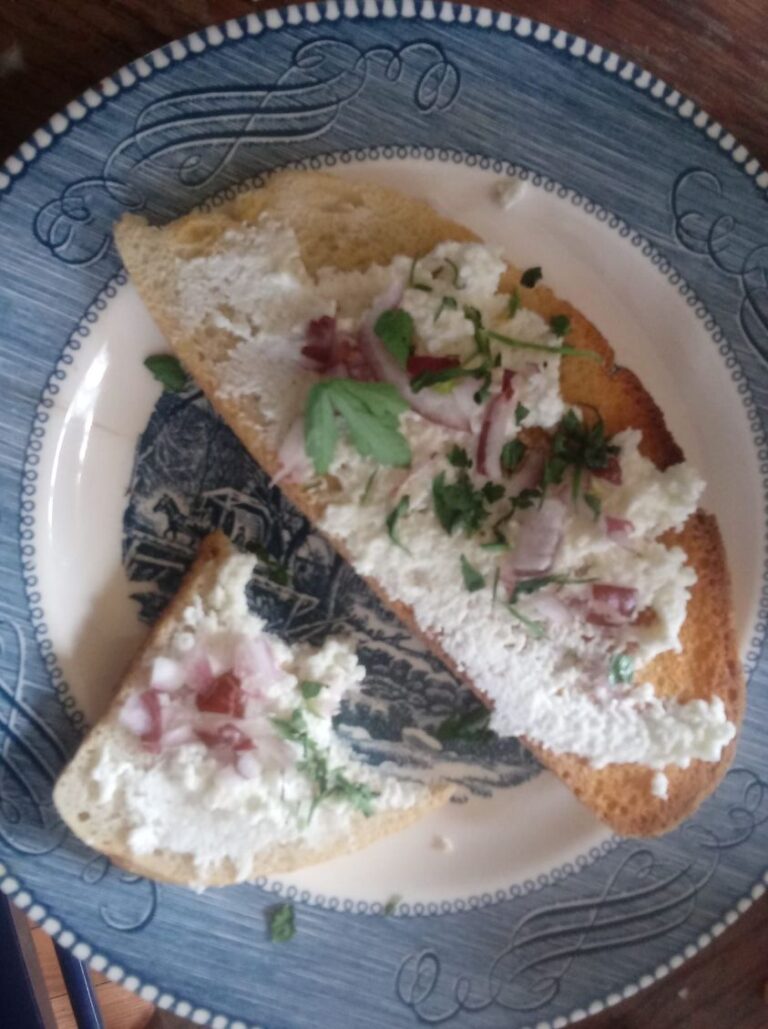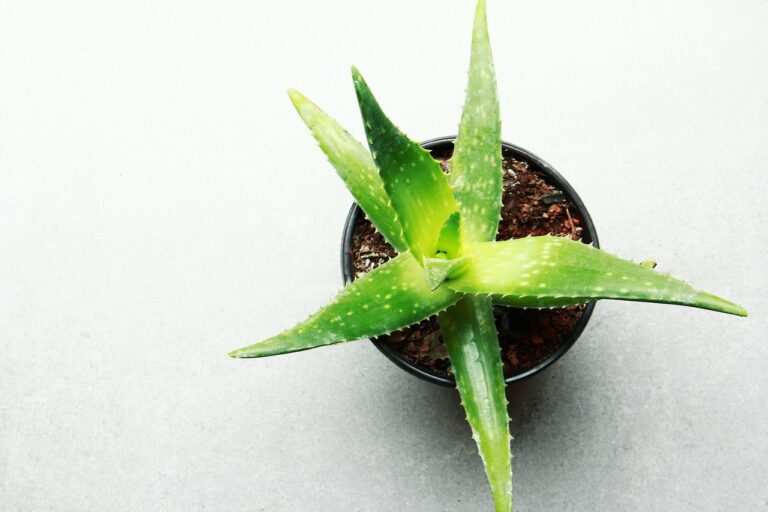What Prickly Ash taught me
As I study plants more I am struck at how interconnected we all are. Plants are valuable members of our community and have much to teach us. One of my early teachers was Prickly Ash.
In 2019 I was taking a class with Angela Campbell at the Women’s Environmental Institute. It was on Medicine of Trees. It was in February and was mostly a lecture type class about how and when to harvest trees for medicine. But at the end of the class we made a tincture using the simpler’s method of Prickly Ash. She had already harvested it, though at the end of the class we went trudging through the snow to see the plant on the grounds.
Of Prickly Ash (Zanthoxylum americanum) she said–
“This zingy medicine warms the body, helps with pain and is one of the best medicines we have for nerves. When the body is cold, movement is slowed down, which can impact wound healing, digestion, circulation. Anytime there is nerve damage or dysfunction, give Prickly Ash a try (St. John’s Wort is another option for nerves). Pain, sharp pain, cold extremities, arthritis, menstrual cramps, sluggish digestion, sore throats, slow healing wounds, etc.” (Campbell, 2019)
Once a teacher told me that if a plant suddenly appears in your vicinity there is a good chance you will need this plant in the future.
Sometimes plants are needed not only by us but people we love. And recently my father was looking for help with his diabetes related neuropathy in his feet. I thought back to that class and they tincture I made and gave some to him mixed with St. John’s Wort and Prickly Lettuce. In addition to taking it internally I wanted him to spray it on his feet. This is what Campbell suggested versus a salve.
He had very good results with it and quickly burned through the bottle I had made. I asked my husband if he knew where any of the plants were. I showed him a picture from a tree book. Prickly Ash is a small tree/shrub that is a border plant, normally growing on the edges of woods. The plant spreads by root suckers and if there is not enough competition can form quite a large thicket. The plant can be either a nice size small tree, or ground cover type plant depending on growing conditions. The one sure fire way to identify it is the opposite thorns on each side of the branch (see picture below).
My husband is very good at seeing plants as individuals rather than a wall of green. He quickly found a couple of specimens close to our house and marked them. But that was in the summer and I had to wait until the spring to harvest.
Now finally it is time to harvest tree medicines again.
This year I made a couple of pints–not an easy thing to do with a plant known for its thorns. But I will do it for love.
In order to make it you need a good quality, clean, pruning shears. You want to carefully cut the branch off right at the joint. Do this with respect and if possible think about the person you are harvesting for. This infuses your work with intention.

The part you want is the light green inner bark. If the branches are too small to peel you can use your shear and cut them into small pieces. For larger branches I use a sharp knife and shave off the bark, holding the branch angled away from me, with the knife pointing downward and also away from me. This is a similar method to peeling a potato.
When you have a good pile of shavings and twig pieces put in a mason jar about 1/4 full. You do want to pack it down though. Then fill the rest of the jar with a high proof alcohol. I used Organic Prairie Vodka. Allow it to sit for 6 weeks, then strain and it is ready to use.

As I was harvesting Prickly Ash this week I was struck with a couple thoughts
- How thankful I am for a husband that supports my work with plants.
- My father and how the plants have come forward offering add.
- Thankfulness for this very prickly plant that is often considered a nuisance but has so much to offer us.
- In life even the prickly situations and people have something to offer if we think, look and notice.






